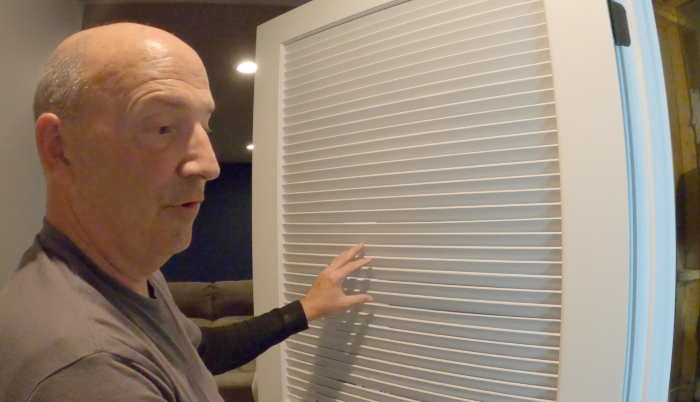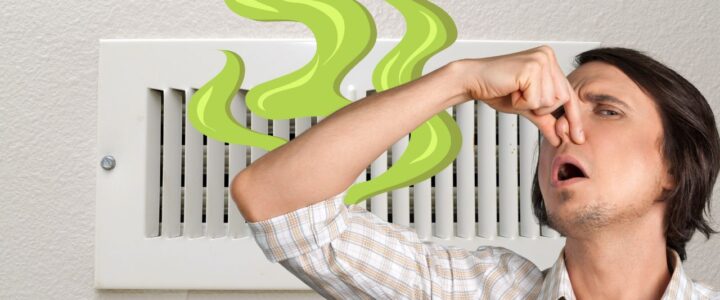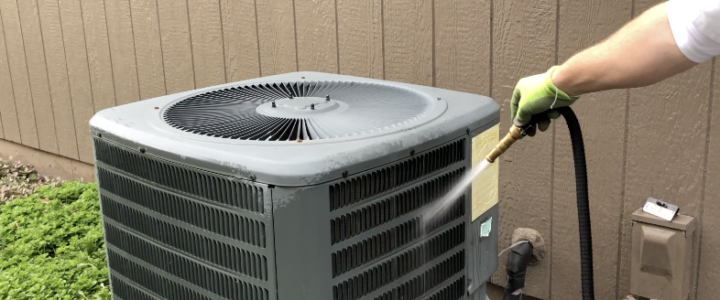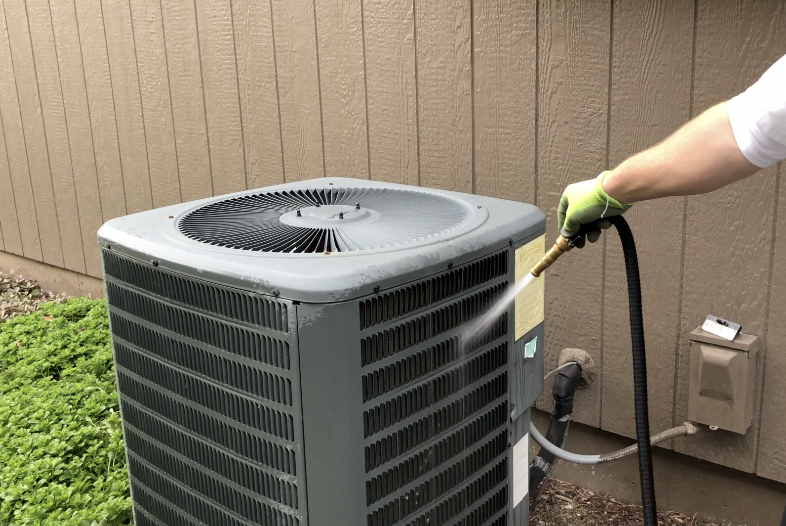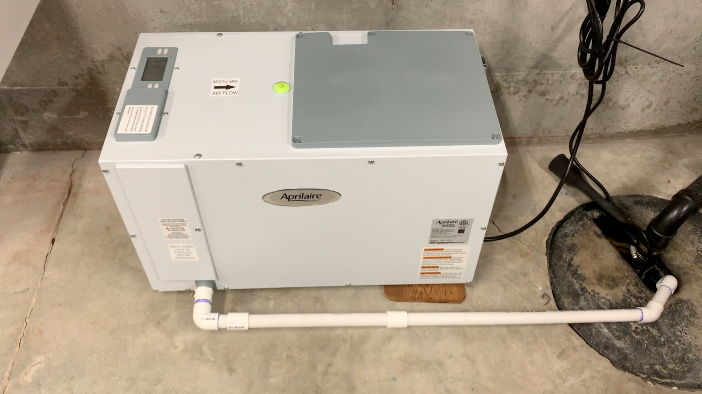
Living in Olathe, Kansas, we’re no strangers to humid summers and the challenges they bring to our homes. One area that is particularly affected is our basements, which can often feel damp, smell musty, and become a breeding ground for mold and mildew. Fortunately, there’s a solution that not only transforms the basement environment but also boosts the efficiency of our air conditioners – a whole house dehumidifier.
Dehumidifiers help your basement feel less humid in the summer and it helps your air conditioner run more efficiently. Today we will explore the numerous benefits of installing a whole house dehumidifier in your Olathe home, improving your indoor air quality and enhancing energy efficiency.
How a Whole House Dehumidifier Helps Your Home
- Controlling Humidity Levels: Basements are prone to high humidity levels due to their location below ground and lack of proper ventilation. Excess humidity can lead to condensation, dampness, and musty odors. A whole house dehumidifier tackles this issue by efficiently removing excess moisture from the air throughout your entire home, basement included. This helps maintain optimal indoor humidity levels, preventing mold and mildew growth and ensuring a more pleasant environment.
- Eliminating Musty Odors: Musty smells in basements are often a result of trapped moisture and mold development. By installing a whole house dehumidifier, you can bid farewell to these unpleasant odors. The dehumidifier continuously extracts moisture from the air, leaving your basement and the rest of your home smelling fresh and clean.
- Preventing Mold and Mildew: Mold and mildew thrive in damp environments, posing health risks and causing damage to your home’s structure. The whole house dehumidifier acts as a preventative measure by keeping humidity levels in check, making it more challenging for mold and mildew to flourish. This ensures a healthier living space for you and your family.
Enhancing Air Conditioner Efficiency
During the hot and humid summers in Olathe, our air conditioners work tirelessly to keep us cool and comfortable. However, when the indoor air contains excess moisture, the air conditioner needs to put in extra effort to dehumidify the air, leading to increased energy consumption. Here’s how a whole house dehumidifier can complement your air conditioner and optimize its performance:
- Decreased Workload: By effectively removing excess humidity from the air, the whole house dehumidifier reduces the workload on your air conditioner. With less moisture to deal with, your air conditioner can focus on cooling the air, resulting in more efficient and energy-saving operation.
- Enhanced Comfort: When your air conditioner doesn’t have to prioritize dehumidification, it can maintain a more consistent and comfortable indoor temperature. You’ll notice a significant improvement in the overall comfort of your home.
- Lower Energy Bills: A more efficient air conditioner means lower energy consumption, which directly translates to reduced energy bills. Over time, the savings can be substantial, making a whole house dehumidifier a wise long-term investment.
Here’s the bottom line…
If you’re looking to transform your basement into a dry, pleasant space and increase the efficiency of your air conditioner in Olathe, Kansas, a whole house dehumidifier is the answer. Not only will it maintain optimal humidity levels, preventing musty odors and mold growth, but it will also complement your air conditioner by reducing its workload and improving energy efficiency. Say goodbye to humidity-related woes and embrace a more comfortable and cost-effective living environment with a whole house dehumidifier.
What do you do now?
If you would like more information, schedule a free estimate by choosing “get a quote” on our online scheduling system.







